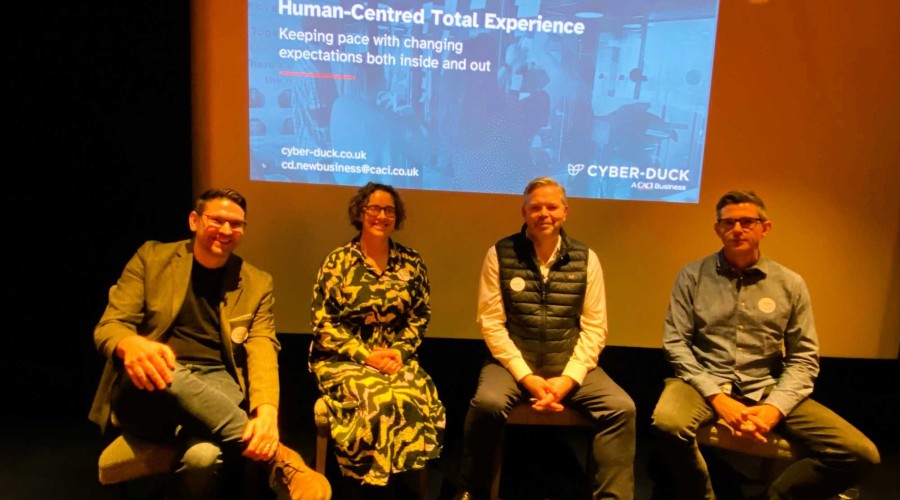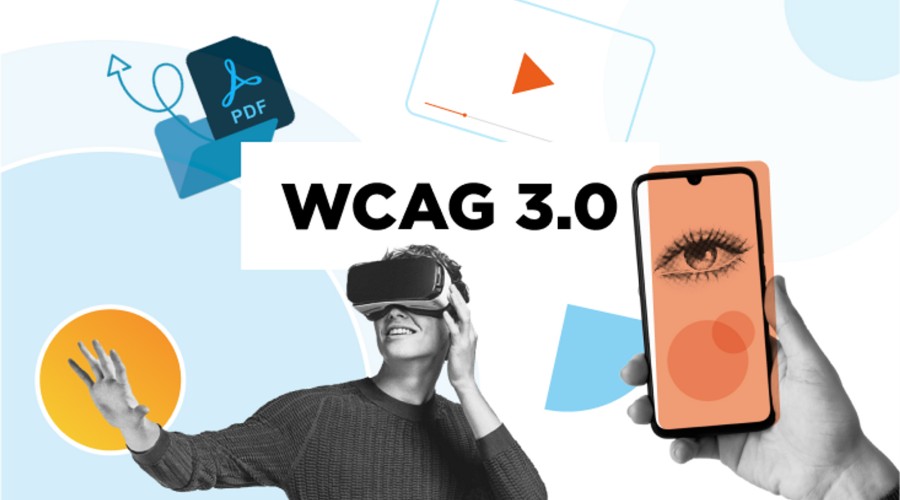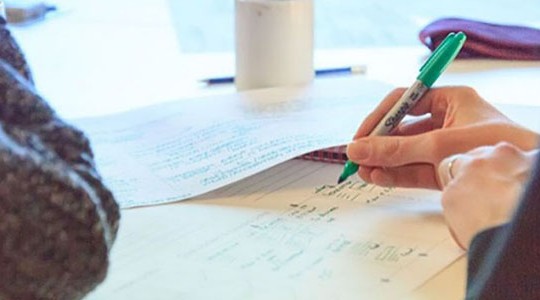A couple of weeks ago, Danny Bluestone (Cyber-Duck’s founder and MD) and I ran a workshop at UX London, one of the biggest events in any user experience professional’s calendar.
The event took place at the Trinity Laban Art & Dance Centre in East London, a fitting venue for the 3 days of creativity and learning which followed. Previous speakers at this event read like a who’s who of personal design and usability heroes; Don Norman, James Jesse Garrett and Luke Wroblewski to name but a few. Though both Danny and I have plenty of experience speaking, lecturing and running workshops in a mixture of commercial and academic settings, walking in the footsteps of such esteemed company certainly focused our minds.
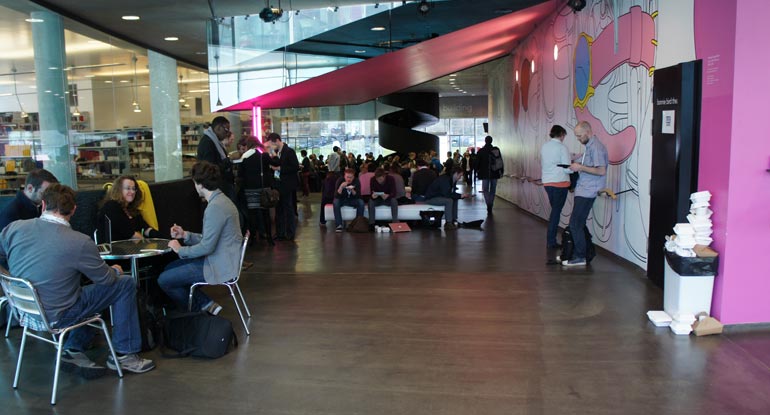
UX London has attracted top speakers from across our industry since 2009.
Our workshop was named “Designing better experiences” and we delved into how a user-centred approach can help designers, developers and product owners deliver better, more delightful and sometimes even addictive experiences for our users.
We wanted to present a workshop that would remind us that ‘real’ people use the products and services we design; ‘real’ people with different wants, needs, experiences, environments and a million other possible contexts that we need to factor into our decision making. To some this may feel like little more than a well-worn platitude, of course we design for real people, but it does serve a purpose. Karen McGrane put it perfectly in her brilliant article recently for A List Apart, ‘Explaining Water to Fish’:
“It is easy to lose sight of how different our world is from the world of just a decade or two ago. Businesses cannot treat their customers as passive “consumers” any longer; every company is in the user experience business. User-centered design is more than a methodology. It is a values system that has changed the very water we swim in.”
Our workshop was a mix of us sharing our experiences, techniques we use along with hands-on exercises to put some of the ideas we discussed into practice.
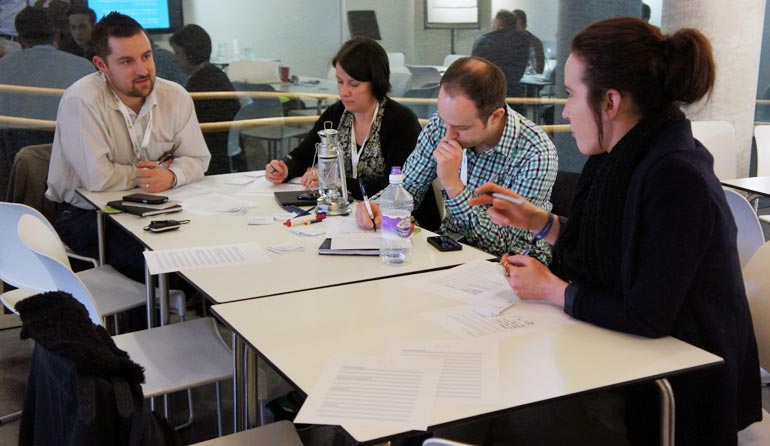
Some of our workshop attendees discussing user stories.
We kicked things off by speaking about user-centred design, its benefits, its limitations and some examples of how the approach has been implemented in the wild. The recent Lewis Hamilton interview on the BBC being a personal favourite; he worked closely with engineers to design a better steering wheel (or user interface) for his F1 car that enabled him to perform better.
Following this introduction, we set a loose brief for our workshop teams; to create a new savings product aimed at children that should make saving fun and help get them into the habit of financial planning.
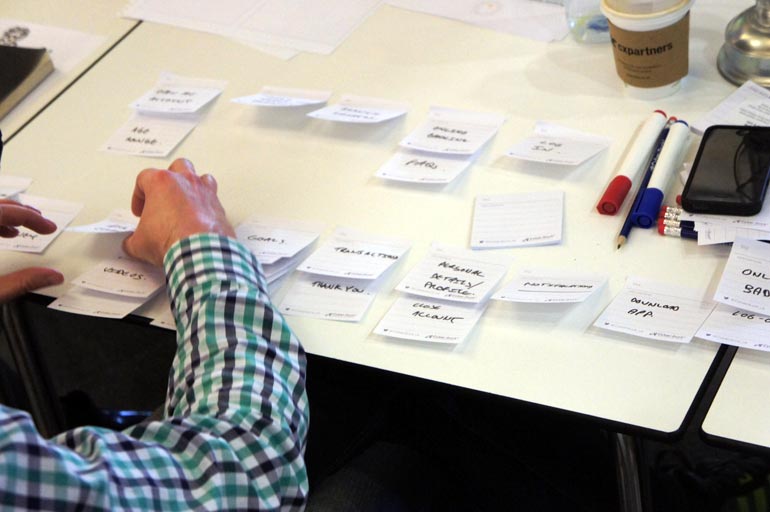
Using card sorting techniques we mapped out our content and interactions.
Together based on this brief we performed a variety of exercises punctuated with Danny and I recapping and applying our agency experiences to them:
- Stakeholder interviews — Identifying stakeholders and discussing techniques for interviewing them.
- Profiling our users — Including techniques for creating effective personas.
- Activity mapping — Detailing frequent and critical activities our users need to perform.
- Environment analysis — Where will our users be using the product?
- Information architecture — Using different card sorting games and techniques to organise / map out content and interactions.
- Rapid sketch prototyping — Creating prototypes to communicate interfaces and interactions and techniques for participatory sketching with our clients and users.
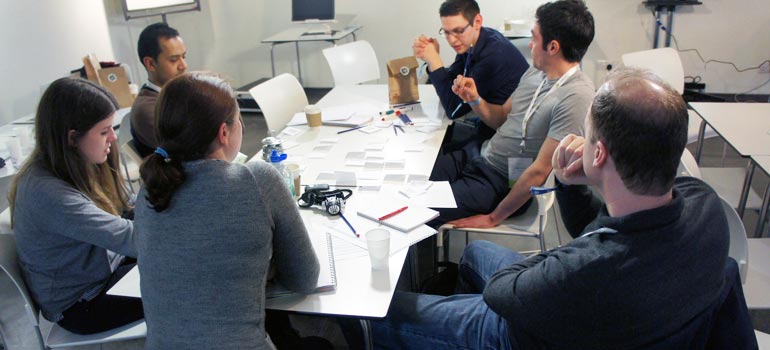
Using participatory design techniques we quickly sketched out prototypes of various interfaces and interactions.
From start to finish, running the workshop was an incredibly enjoyable experience, mainly thanks to the smart and engaged people who took part. These included user experience designers and consultants from organisations like American Express, The BBC, Aviva and Deloitte Digital. It was particularly interesting to watch how they approached the brief and the inventive ideas and designs they produced. Ideas ranged from interfaces that learn and evolve with you over time to whether the interface could integrate with physical objects like a piggy bank and how secondary but nonetheless important users such as parents and grandparents could interact with it.
I certainly hope everyone who came along had fun and managed to learn more about how by taking the time to consider our users, their context and what they need to achieve, we can design better experiences for them. I’d like to finish by saying a massive thank you to Clearleft for putting together yet another fantastic UXLondon that inspired and offered us the opportunity to meet and work with some really interesting folk.
See our workshop slides below:
If you are interested in running a similar workshop for your organisation or conference, please get in touch with us.

